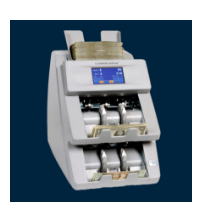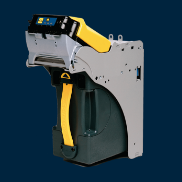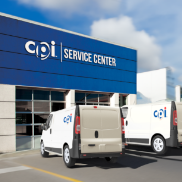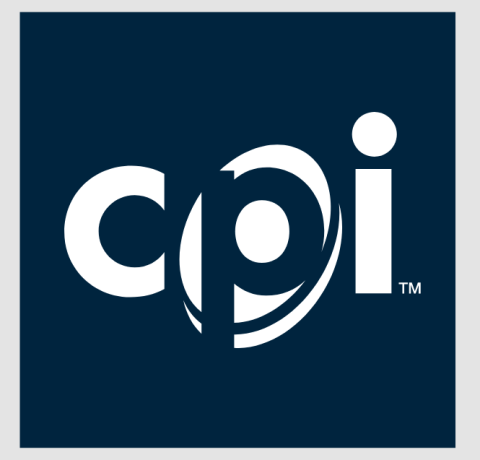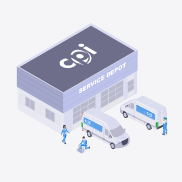Efficiency is key when it comes to field service. When a part breaks or a machine goes down, businesses need a service partner who acts quickly and efficiently, saving them from extended downtime and unnecessary parts.
Through our decades of experience as both a manufacturer and service provider, we’ve gained a unique perspective that’s allowed us to reinvent the service model to save businesses time, money and resources. Take a look below to see how our service model compares to that of a traditional service provider.
1. Strategically Placed Forward Stocking Locations
CPI’s service model centers around a strategic distribution of spare parts across the country to expedite availability and reduce downtime. These sites are strategically located to ensure proximity to businesses and customers. By having these sites distributed across key regions, CPI field service technicians can swiftly address service requests. When a business encounters an issue with their payment technology, they can rely on our Forward Stocking Locations to provide timely assistance to our field service technicians for rapid response and high first-time fix rates.
2. Rapid Parts Availability
One of the standout features of CPI’s service model is its commitment to providing standard parts promptly. When a business needs replacement components, CPI ensures that the necessary parts are available at these service sites. This means that businesses can receive the required parts by the next day, minimizing downtime. Whether it’s a malfunctioning bill validator or a card reader, CPI’s efficient parts distribution ensures quick resolution.
3. Faster Resolution Times
With readily available parts and local service sites, CPI significantly reduces resolution times. Businesses no longer have to wait for days or weeks to get their payment systems back up and running. Instead, technicians can swiftly diagnose issues, replace faulty components, and restore functionality. This agility translates to improved customer experiences and uninterrupted revenue streams.
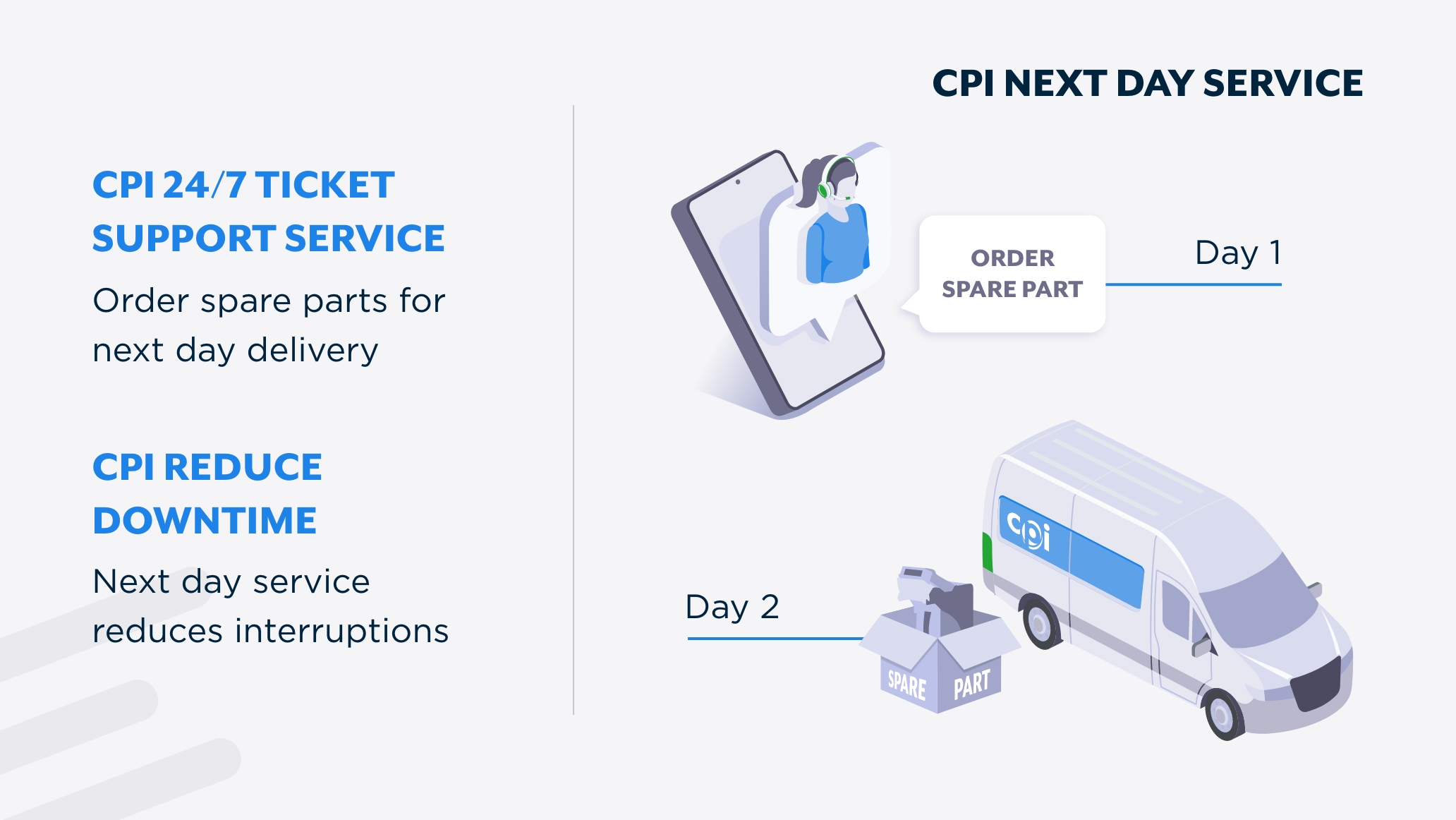
4. Lower Shipping Costs
Shipping costs can add up, especially when businesses rely on overnight delivery services. In the traditional model, ordering a part from a distant warehouse often involves expensive shipping fees. CPI’s localized service sites eliminate the need for long-distance shipping. Businesses benefit from cost savings, as CPI’s efficient logistics keep shipping expenses in check.
5. Capital Efficiency
In the traditional model, businesses often stockpile spare parts in their own inventory. These parts tie up capital and storage space. With CPI’s service model, businesses can avoid unnecessary stockpiling. Instead of maintaining a large inventory, they can rely on CPI’s just-in-time parts availability. This capital efficiency allows businesses to allocate resources more effectively.
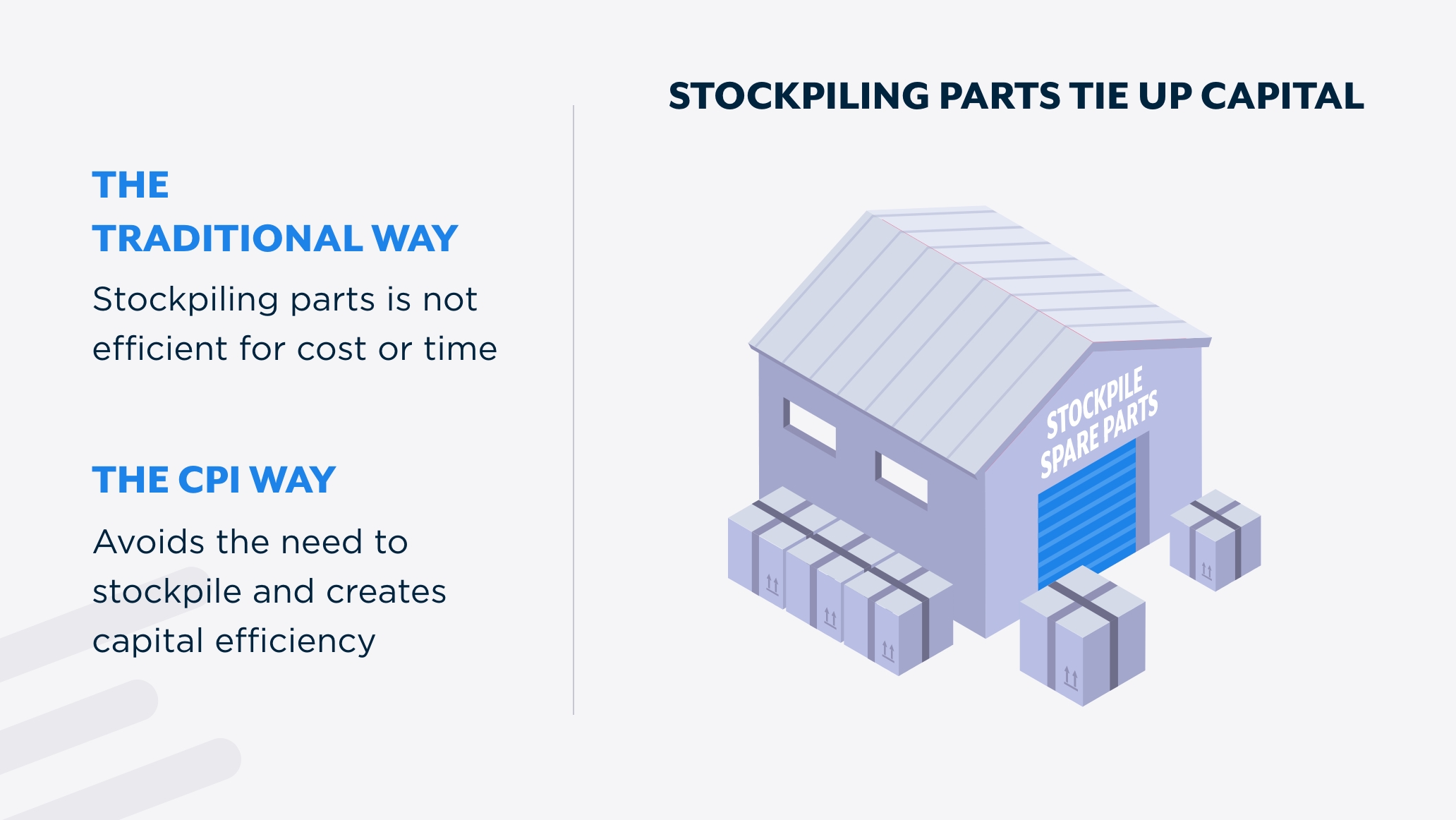
Conclusion
By leveraging local service sites, rapid parts availability, and streamlined logistics, the CPI service model ensures efficient and cost-effective service. This way, businesses can focus on growth, knowing that their service needs are in capable hands.
With 450+ trained technicians and 140+ years of service expertise, CPI is uniquely positioned to provide exceptional service to businesses of all sizes across the U.S., U.K., and Canada. Whether we’re replacing a part, providing routine maintenance or proactively cleaning a machine, our customers can rest assured that they’ll be left satisfied with all needs met.

